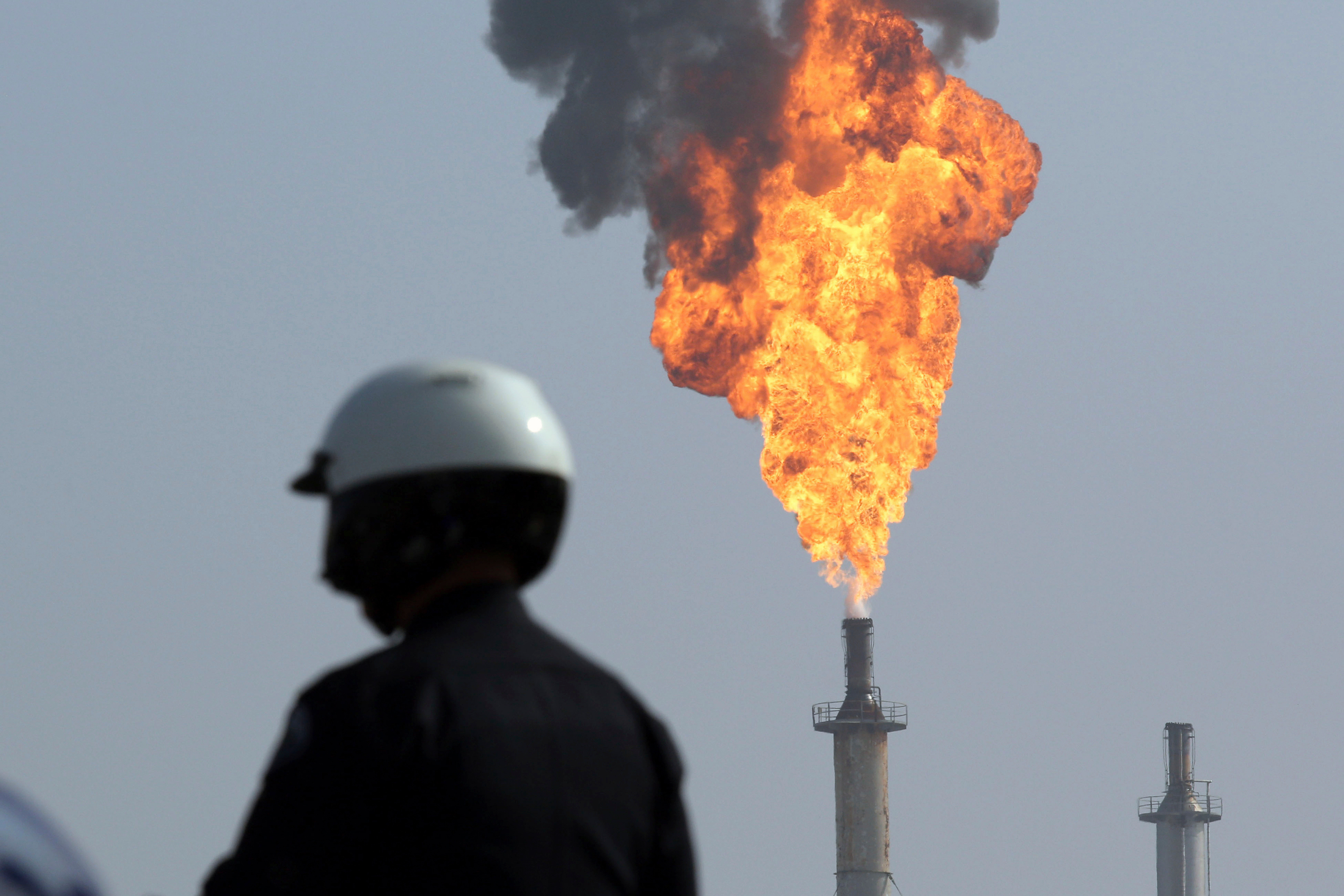What's Happening?
Gold prices have experienced a significant decline, dropping to a near two-week low following a sharp single-day fall, the steepest in five years. Spot gold decreased by 1.7% to $4,054.69 per ounce, while
U.S. gold futures for December delivery fell by 0.9% to $4,072.10 per ounce. This decline comes as investors book profits ahead of the U.S. Consumer Price Index (CPI) report, which has been delayed due to the ongoing U.S. government shutdown. The U.S. dollar index rose to a one-week high, making dollar-priced bullion more expensive. Despite the recent drop, gold prices have gained 54% this year, driven by geopolitical tensions, economic uncertainty, and expectations of U.S. rate cuts.
Why It's Important?
The decline in gold prices highlights the volatility in the market, influenced by geopolitical tensions and economic uncertainties. The anticipation of the U.S. Federal Reserve's potential rate cut next week adds to the market's dynamics, as gold typically benefits in low-interest rate environments. The current situation reflects a broader economic sentiment where investors are cautious, balancing between profit-taking and the potential for further gains. The outcome of the U.S. CPI report and the Federal Reserve's decisions will be crucial in determining the future trajectory of gold prices, impacting investors and economic stakeholders.
What's Next?
Investors are closely watching the upcoming U.S. CPI report and the Federal Reserve's meeting next week, where a 25-basis-point rate cut is anticipated. These events will likely influence gold prices and investor strategies. Additionally, geopolitical developments, such as potential meetings between President Trump and other global leaders, could further impact market sentiment and gold's appeal as a safe-haven asset.













